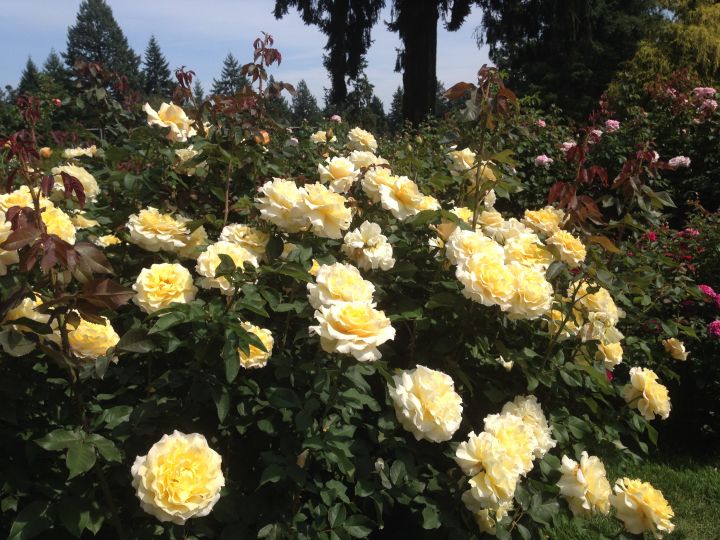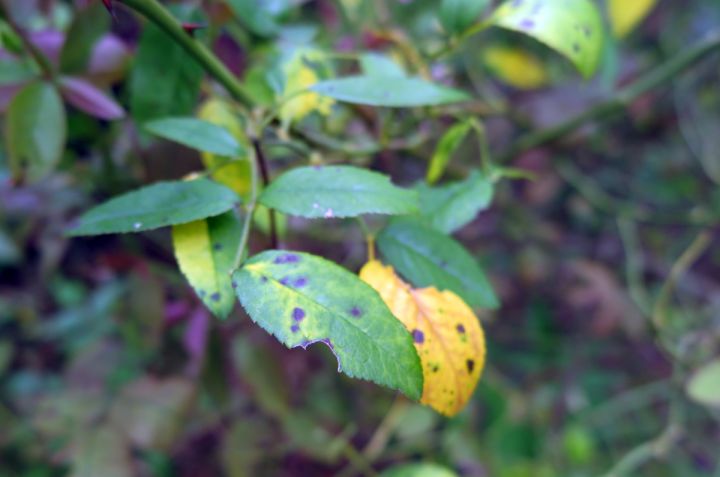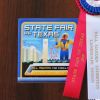How to Prune Your Roses this Winter
January 17, 2019 | By webadmin
Roses are some of the most prized and beautiful plants in many of our landscapes. To enjoy them in their full glory in spring and summer, it takes some well-timed winter pruning and care. If you miss the right pruning window, your roses may look less than stellar come spring.

Why Prune Roses?
To keep your rose plants lush and full of flowers they must be pruned correctly each year. There are a couple of key pruning times to mark on your calendars. Late-winter is the most important here in North Texas. But why do you have to prune roses?
- To encourage new growth and blooms
- To remove any dead wood that has developed, which stresses plants
- To shape the plant to an aesthetically pleasing shape and size
- To remove last year’s foliage to reduce disease
- To improve air circulation and light penetration
- To combat fungal diseases
Without good pruning, your rose plants can become overly thick and scraggly, too woody, too diseased, and they won’t produce as many flowers. Without the flowers, what’s the point of planting roses?!
__full-width.jpg)
How to Prune
Don’t just grab a hedge trimmer & give your roses a buzz cut. Rose pruning is a science along with an art – and there are certain steps to follow in order to make your roses look their best:
- Always use quality bypass hand pruners with a sharp blade.
- The best way to start cleaning & shaping your roses is to begin by removing any dead, diseased, or crisscrossing canes. Canes that rub up against one another create too much shade within the plant as it leafs out.
- Most shrub roses and antique roses require removal of about 30% of the plant in late-winter. This encourages your shrub to branch out – leading to a fuller plant & more blooms.
- Hybrid tea roses often need a heavier pruning of up to 50% of their size in late-winter.
- Climbing roses require a different type of pruning - only prune the smaller lateral shoots (growing off the main canes) back to 2 or 3 buds. Large canes can be removed or pruned to the ground to control the overall size of the climbing rose as needed.
- Make sure to make all pruning cuts at a 45° degree angle above a leaf bud. The cut needs to be made upward, towards the outside of the plant to influence branching out in the correct direction.
- In the age of high disease pressure, make sure to clean your pruning shears between each plant to avoid transfer of diseases such as Rose Rosette.
- Remove and bag any diseased foliage in order to control further spread.
- If it has been quite some time since you have pruned your roses, further pruning & shaping made to needed to correct shape.

When to Prune
You may have heard people telling you to wait until mid- or late-February to prune roses. Unfortunately, that’s often too late when we have earlier warm ups. Given the warm weather we’ve had this January, many roses are already starting to bud out now.
Roses must be pruned prior to any new growth pushing out. Ideally, you should watch your rose shrubs closely during January, monitoring for bud swelling. Bud swelling means the roses are about the push out new growth. Pruning must be completed prior to bud break. If the weather is unseasonably warm (as it has been many years lately) and you wait too long, you may lose your spring pruning window completely.
Treat rose disease
Roses that get too much shade, or are planted too densely, often succumb to black spot fungal disease. With high humidity, even healthy roses maintained properly will get fungal diseases. Late winter is the ideal time to treat roses with dormant oils to reduce black spot and powdery mildew.

Treat for black spot now.
Feed your roses!
After you have pruned, cleaned, and treated your roses, you can fertilize them. They’ll need a boost of nutrients as they leaf out in spring. Then, top-dress with a fresh layer of mulch. Also, don’t forget that even in the winter, plants require a deep watering from time to time.
If this all sounds like just a little too much work, give us a call! Our expert staff is highly trained in proper pruning techniques and are ready to set your roses - and your entire landscape - on the right path for a beautiful, blooming spring.
